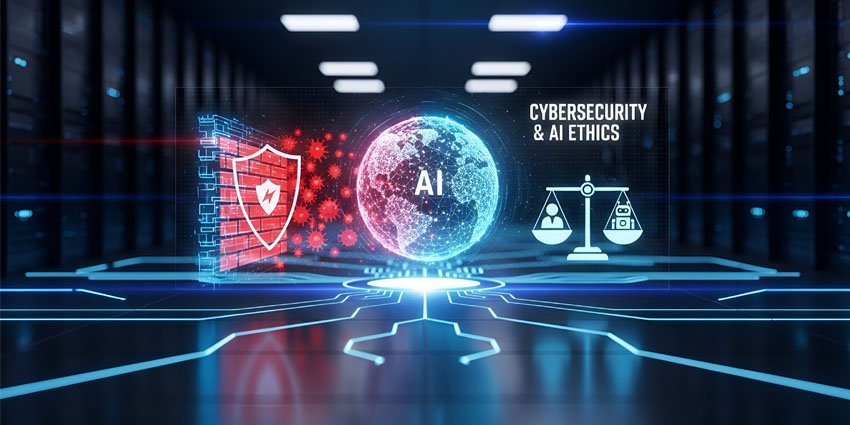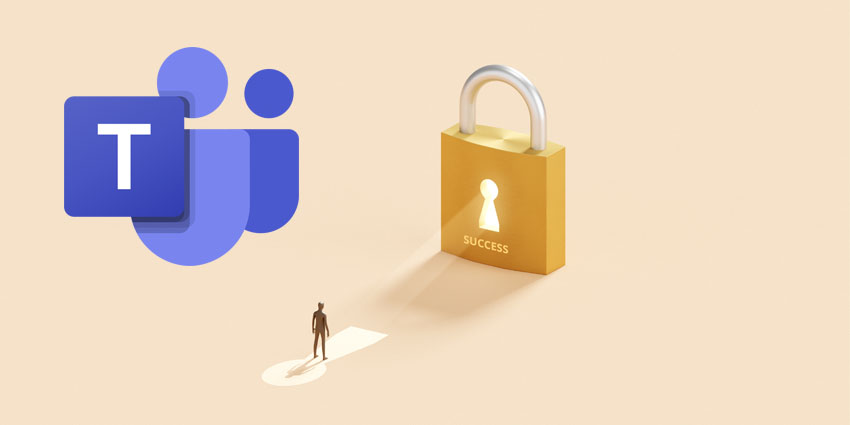As the modern enterprise becomes more global and dispersed, companies throughout the world are turning to collaboration software to help ensure productivity and efficiency among the workforce. Of course, there’s more to a reliable collaboration solution than the right apps and features. If you want to get ahead and stay there, then you need a system that provides the right level of security, and control.
In an attempt to ensure that today’s companies can keep their most valuable data secure, Cisco has introduced a brand-new collection of solutions intended to help businesses meet with compliance and safety requirements.
Security for the Collaboration Revolution
Collaboration is more than just the ability to talk with co-workers wherever they are in the world. New collaborative tools are giving companies the ability to share, and edit information wherever they are. However, with the arrival of things like the GDPR update, and the ongoing threat of cyber-attacks looming large, it’s important for decision makers to choose a service that provides the right level of management and security throughout the company.
Cisco’s “Spark” collaboration service has responded to this concern in order to prepare for the next wave of adoption among enterprise companies. The collaboration software now comes with four major breakthroughs to help keep your information safe.
1. End to End Encryption and Compliance
End-to-End encryption and compliance features: For legal and GDPR reasons, today’s companies need to have access to tools like e-discovery to help them find the information they need quickly and effectively. They also need the reliability of end-to-end encryption to keep crucial data under wraps.
Cisco has implemented an e-discovery tool that allows users to search through Spark messages according to date range, keywords, and email address. Additionally, Spark provides configurable policies for data retention, meaning that information can be purged from spaces according to company policy. Activities, files, shared whiteboards, and messages can be deleted – which is ideal for GDPR purposes.
Thanks to APIs, Cisco Spark can even integrate with third-party vendors for data loss prevention, and cloud security brokers including Global Relay, Actiance, Skyhigh Networks, and Symantec.
2. Administrator Analytics
To help enhance the value of their collaboration network, Cisco Spark has introduced an advanced administrator portal, complete with analytics that allows managers to discover problems like call quality reduction in a matter of seconds. The “fluid analytics” solution will allow administrators to determine every detail of common problems, including where pool call quality might have stemmed from, and whether it was isolated to a single issue.
The portal also shows crucial usage information for Spark Hybrid, Cisco Spark, WebEx, and more, which can be useful for a range of reasons. For instance, businesses can determine which of their users are accessing the service and whether licenses should be revoked in specific areas. Spark and Webex can additionally be used to determine the ROI of productivity and collaboration tools.
3. Security on Non-Managed Devices
For both information security and IT departments, BYOD programs have presented something of a security challenge. In the past, users have been required to opt-in to application and device management, which makes adoption complex. Of course, the use of personal devices across the enterprise is growing more common than ever. Almost every professional seems to have their own laptop, smartphone, or tablet to bring to work.
To help bring security to the workforce, Cisco Spark has introduced “Web Smart Timeouts”, which allows the app to determine when it’s running outside of a company network, to automatically log the user out. They’ve also provided “Pin Lock” which implemented device-level locks onto devices without sacrificing user adoption. There’s also “Enterprise Certificate Pinning” intended to protect businesses from dangerous hotspots and access networks without requiring the use of VPN clients.
4. On-Premises Storage
Last, but not least, Cisco is delivering an “industry-first” with the new Spark update. While most companies are happy with keeping their data in the cloud, others want a solution that will protect them not only against direct attacks but attacks to the cloud itself. With the ability to run an on-premises server, customers can encrypt and decrypt all the content that they send to the Spark cloud with the high level of security they need.
While the data is still stored in the cloud, all management can be done on-premises, which means that if someone attacked the Cisco Spark cloud, all they’d see would be encrypted information.
It’s safe to say that if you weren’t considering using Cisco Spark as your collaboration software before, these new updates are sure to capture your attention. With security and compliance for all, Cisco is leading the way for collaboration apps.







